Post by glactus on May 5, 2011 5:58:05 GMT
Now that Obama has commercialized American space exploration, all eyes are on the 3 space companies selected by NASA's Commercial Orbital Transportation Services initiative. Out in front at the present time is SpaceX with their Dragon Spacecraft.
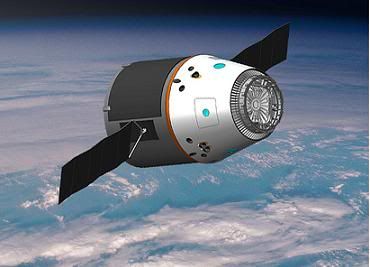
The Dragon spacecraft
Dragon is a free-flying, reusable spacecraft being developed by SpaceX under NASA's Commercial Orbital Transportation Services (COTS) program. Initiated internally by SpaceX in 2005, the Dragon spacecraft is made up of a pressurized capsule and unpressurized trunk used for Earth to LEO transport of pressurized cargo, unpressurized cargo, and/or crew members.
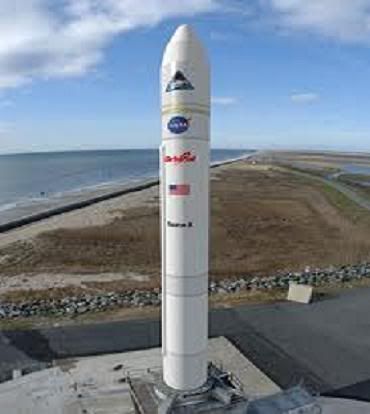
Falcon 9
The Dragon spacecraft is comprised of 3 main elements: the Nosecone, which protects the vessel and the docking adaptor during ascent; the Spacecraft, which houses the crew and/or pressurized cargo as well as the service section containing avionics, the RCS system, parachutes, and other support infrastructure; and the Trunk, which provides for the stowage of unpressurized cargo and will support Dragon’s solar arrays and thermal radiators.
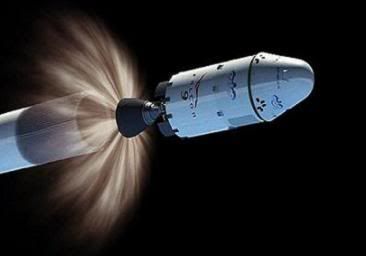
The separation
In December 2008, NASA announced the selection of SpaceX’s Falcon 9 launch vehicle and Dragon spacecraft to resupply the International Space Station (ISS) when the Space Shuttle retires. The $1.6 billion contract represents a minimum of 12 flights, with an option to order additional missions for a cumulative total contract value of up to $3.1 billion.
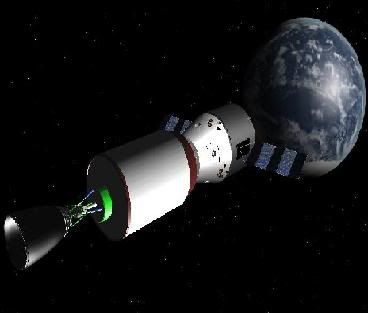
space x tourism
Though designed to address cargo and crew requirements for the ISS, as a free-flying spacecraft Dragon also provides an excellent platform for in-space technology demonstrations and scientific instrument testing. SpaceX is currently manifesting fully commercial, non-ISS Dragon flights under the name “DragonLab”. DragonLab represents an emergent capability for in-space experimentation.
Space x also has plans for space tourism with low Earth orbital services, visits to the International space station and lunar orbital expeditions.
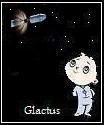
DRAGON
Credits: Images and text by Space exploration.

The Dragon spacecraft
Dragon is a free-flying, reusable spacecraft being developed by SpaceX under NASA's Commercial Orbital Transportation Services (COTS) program. Initiated internally by SpaceX in 2005, the Dragon spacecraft is made up of a pressurized capsule and unpressurized trunk used for Earth to LEO transport of pressurized cargo, unpressurized cargo, and/or crew members.

Falcon 9
The Dragon spacecraft is comprised of 3 main elements: the Nosecone, which protects the vessel and the docking adaptor during ascent; the Spacecraft, which houses the crew and/or pressurized cargo as well as the service section containing avionics, the RCS system, parachutes, and other support infrastructure; and the Trunk, which provides for the stowage of unpressurized cargo and will support Dragon’s solar arrays and thermal radiators.

The separation
In December 2008, NASA announced the selection of SpaceX’s Falcon 9 launch vehicle and Dragon spacecraft to resupply the International Space Station (ISS) when the Space Shuttle retires. The $1.6 billion contract represents a minimum of 12 flights, with an option to order additional missions for a cumulative total contract value of up to $3.1 billion.

space x tourism
Though designed to address cargo and crew requirements for the ISS, as a free-flying spacecraft Dragon also provides an excellent platform for in-space technology demonstrations and scientific instrument testing. SpaceX is currently manifesting fully commercial, non-ISS Dragon flights under the name “DragonLab”. DragonLab represents an emergent capability for in-space experimentation.
Space x also has plans for space tourism with low Earth orbital services, visits to the International space station and lunar orbital expeditions.
DRAGON
Credits: Images and text by Space exploration.


